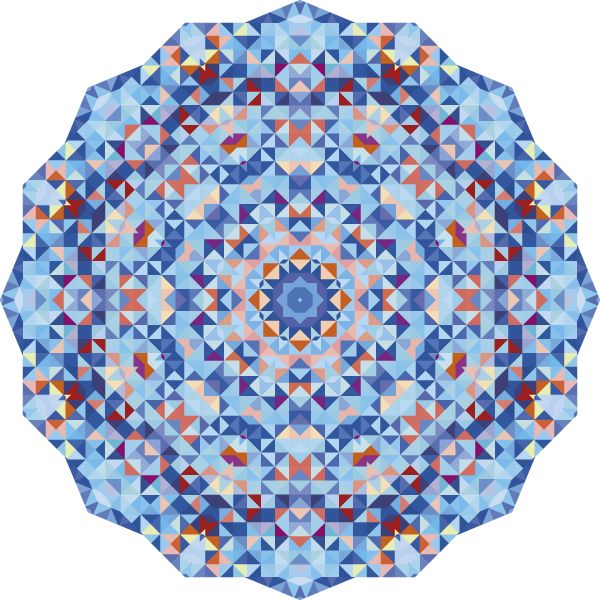Kaleidolfactic
Words can fail the nose when describing wine

Wine writers frequently attempt to communicate the impact of their favorite beverage on their senses by a stream of nouns, adjectives and adverbs. The McMillan Dictionary’s first definition of communication is “the process of giving information or of making emotions or ideas known to someone.” For those willing to engage, wine is a rare if not unique medium for this process.
But wine is not only a medium of communication but also the message. At its best, it is a pure vinous statement of a particular place at a particular time expressed via a particular winemaker. Natalie MacLean, a marvelous mistress of metaphors and splendid sage of similes, declares “Wine is the voice of the soil; without it, the land would be silent.”
Unlike other types of art, such as painting and music, wine must be assimilated into several of the senses to be fully appreciated. At its worst, a characterless wine is as about as engaging as a bore.
A bottle of wine is a time capsule with a liquid core. A mere whiff of the 2000 Domaine du Pegau Châteauneuf du Pape Cuvée Réservée transported me to my early days of wine appreciation in a way that neither old photographs nor detailed tasting notes could. It was a pure example of an olfactory stimulation triggering vivid memories. And yet, I would be hard pressed to record in detail the various components of the ever-changing bouquet.
I am now unable or, perhaps, unwilling to record my impressions as most others do with a list of very specific fruits, flowers, spices, minerals, and other flavors and scents. This runs contrary to my practice during the 1970s when I recorded detailed impressions of every wine I tasted. It also, ironically, flies in the face of my personal motto: “Reducing Vagueness since 1949.” Nowadays, I feel that the experience of smelling and tasting wine and communicating its impact justifies keeping things somewhat vague.
Mathematicians are prone to fits of abstraction. As we contemplate conjectures or seek new theorems, our consciousness enters a different realm; the experience of savoring wine can offer the same. While mathematicians have developed their own language, including unambiguous definitions and sets of symbols to precisely convey ideas, such cannot be the case for wine tasters. Instead, the attributes, the structure of a wine’s message, must be described with imprecise words, yielding, at best, an approximation of the actual communication. This description offers what math folks call a “linear approximation” to the experience, meaning that they can convey only a rough idea of how a wine smells and tastes.
Translating the aroma or bouquet of a wine to words ranges from the obvious (a Rogue Valley 2009 Grenache really did smell like ginger) to the absurd (“on the nose, Albion strawberries picked by virgins at first light two days before the summer solstice complicated with elusive aromas of canela, diaper of three-month-old breast-fed male child, Venus flytrap and a half-smoked pre-Castro Havana robusto”), but in general, I eschew such descriptors. In my opinion, as is the case with music, to convey the vinous message, words fail.
Nevertheless, while sniffing a particularly lovely Pinot Noir whose charms were revealed in a continuously evolving array of aromas, the specific associations with flora, fauna, fungi, forest floor and spice box were less interesting to me than the pleasure of experiencing how things changed. I then decided to make a virtue of vagueness and create a neologism that captures this evolution: kaleidolfactic.
Kaleidolfactic is defined as “exhibiting ever-changing aromas” — as in: “Of all the red wine grapes, Pinot Noir is the most kaleidolfactic.”
Linguistic purists will cringe. Kaleidolfactic can be viewed as a bilingual franken-word with roots in Greek (kalos means “beautiful”; eidos, “form”) and in Latin, olfactorius — from olfacere — means “to smell.” Yet the word feels good to say and fills a need to describe, in less precise terms, what one, with nose in glass, senses over time. It also does justice to the definition of communication.


 Neal Hulkower is a mathematician and an oenophile living in McMinnville. His writing has appeared in academic and popular publications. He occasionally pours Pinot at a Dundee Hills winery.
Neal Hulkower is a mathematician and an oenophile living in McMinnville. His writing has appeared in academic and popular publications. He occasionally pours Pinot at a Dundee Hills winery.









